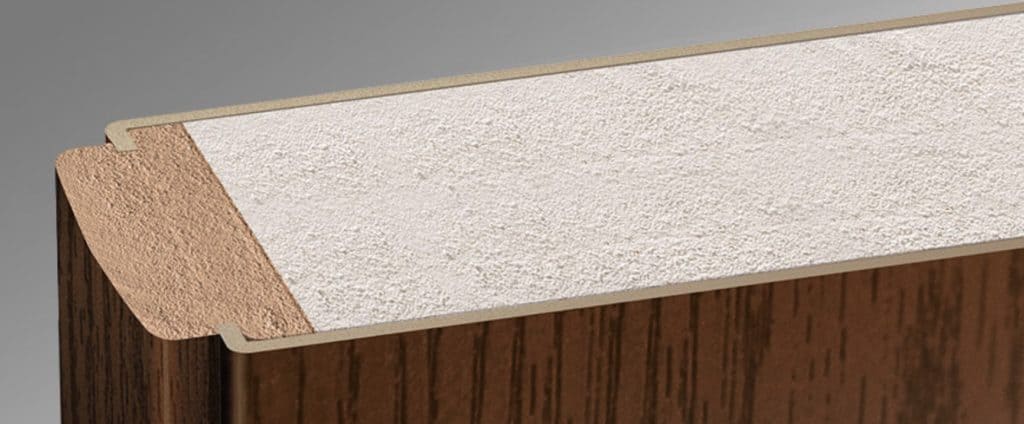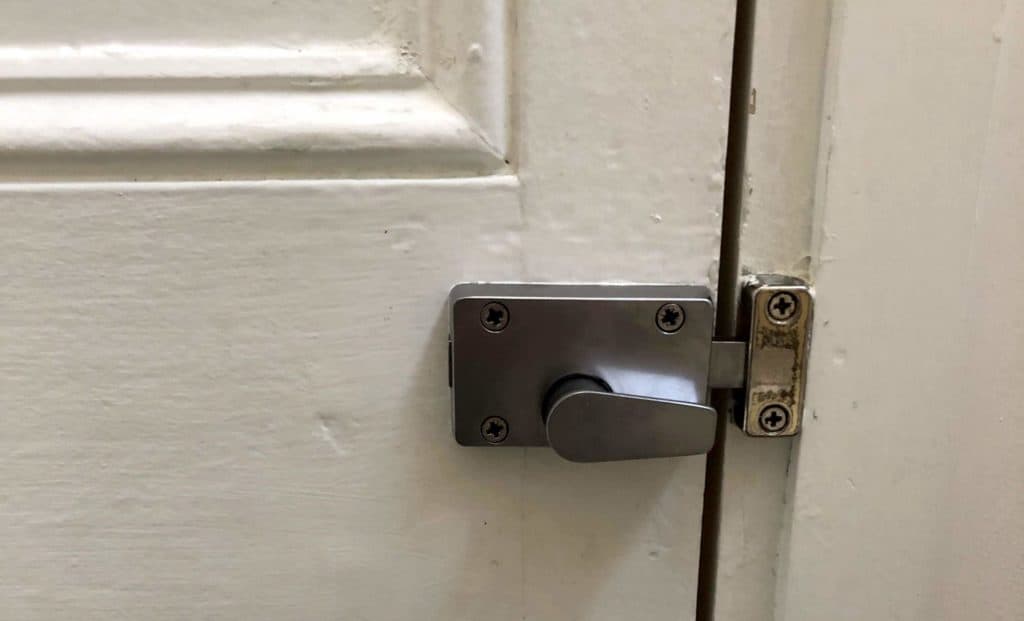If you are buying a new exterior door for your home you are likely considering fiberglass. This material has made its way into being a top choice, alongside traditional wood and metal doors, in today’s homes.
Sometimes known as a “composite door,” fiberglass might seem like an unproven option when compared to traditional materials, but that’s simply not the case. If you need to buy a new front door, it’s a popular pick in 2021.
Advantages of Fiberglass
Being the new kid on the block, you can be sure fiberglass has some strengths to back up its claim.
Rot, Rust, and Mold Resistant
Rot is one of the leading reasons why exterior doors need to be replaced. Wood doors that are placed in wet areas or on a home lacking proper gutters can rot in a matter of years. This makes the door unsightly and fragile and usually means more rotting in the structure under and around the door.
Fiberglass isn’t wood so it doesn’t rot and mold cannot grow on it. Fiberglass isn’t metal so it won’t rust over time either.
Ready For Wet Conditions
In addition to not rotting, fiberglass doesn’t expand when wet, nor does it soak up moisture. All-wood doors can get wet and swell, making them hard to open and close on damp days. Fiberglass is a solid, non-wood material so there is no chance for the water to enter the door and, even when the door gets wet fiberglass doesn’t absorb water and swell and crack the way wood can.
Similarly, fiberglass doesn’t warp when wet. The doors ship with a frame and they stay true to that frame under all conditions.
Termite and Insect Resistant
Fiberglass doors are made of a composite material, not wood fibers so wood-eating insects, like termites, won’t be interested in them.
Composite doors do use LVL, laminated veneer lumber, which contains wood, but the exterior surface is true fiberglass.
Wood or Smooth Finish
Fiberglass doors can ship with a wood grain on the exterior skin, as you’d expect with a wood door, or totally smooth, like a metal-clad door. The wood grain might not be totally convincing but it’s close enough to real wood and after a coat of paint it certainly has the look of wood.

The Disadvantages of Fiberglass Doors
Fiberglass has a lot going for it, but it’s not with its faults.
Sizing
If you have a non-standard doorway in your home you might want to get a wooden door and trim it down to accomodate the size of the portal. This isn’t possible with a fiberglass door, as it’s specially constructed with layers that can’t just be cut down. This is a pretty rare situation, as most doors are a standard size, but it’s worth noting.
Weight
Fiberglass doors aren’t as heavy a full-wood door, which means when you close the door it won’t have that solid, satisfying feeling of a wood door. Of course many people see this as an advantage, as heavy wood doors has a way of swinging, gaining momentum, and slamming in an unpleasant and even unsafe way.
Fiberglass has a lighter, less solid feel to it, though the doors certainly do not feel flimsy.
Pricing
It’s difficult to generalize about pricing as there are so many variables, but generally speaking, a fiberglass door will cost more than some metal and wood doors, but it won’t cost nearly as much as a high-end wood door. So it won’t be the cheapest option but it won’t be the most expensive either.
Given the expected lifespan of fiberglass it might be cheaper over the long run, but the up-front cost might be higher than some other options.

